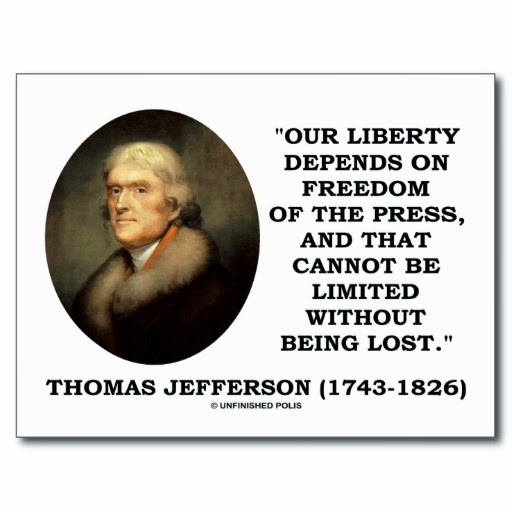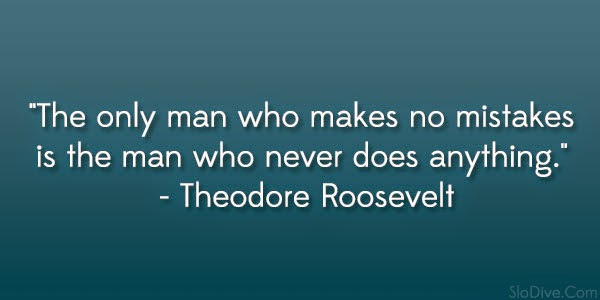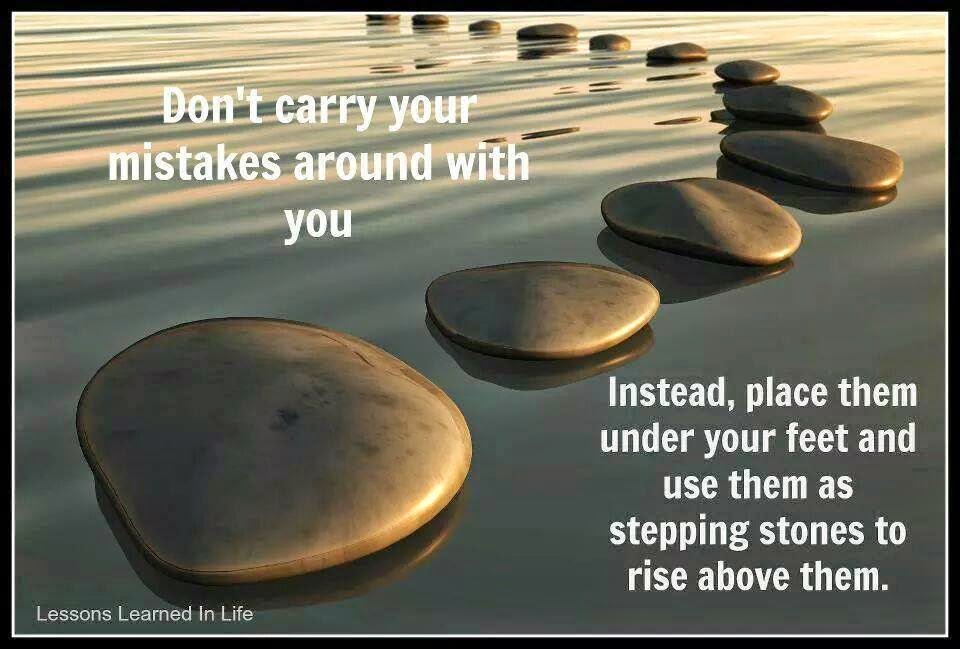"If a bullet should enter my brain, let that bullet destroy every closet door in the country."
Harvey Milk
Nov. 18, 1977
Since his murder 35 years ago today, I sometimes wonder if Harvey Milk anticipated the changes that have occurred for homosexuals not only in California, where he became the first openly gay individual to serve on the San Francisco Board of Supervisors, but in the nation as a whole.
A lot of things that were true then are hard for people of the 21st century to comprehend, but at the time of Milk's death, San Francisco did not have the reputation for being a haven for homosexuals that it has today. Many gay people had migrated to San Francisco during and after the counterculture days of the 1960s, but the demographic group really had yet to flex its political muscle.
I'm not homosexual, but I have friends who are, which has made me more sensitive to the gay community's issues and icons than I once was. In 1978, I paid little, if any, attention.
I remember hearing about the slaying at the time, but the victims and the killer were just names to me. I lived two time zones away, and the story didn't really resonate with me beyond the few minutes I heard about it on the evening news.
And, I must admit, from the vantage point of one living in Arkansas and hearing San Francisco mentioned in connection with the story, it was hard to differentiate between that news event and the story that broke a week earlier about mass suicides in Guyana — since many of those who died in Guyana came from San Francisco, as did the congressman who was killed at the same time. I'm sure it was different for people living on the West Coast, but that was kind of a vague reference point for me.
At the time, I suppose I reasoned that the two events were connected in some way. I may even have assumed that Milk's sexuality (if I even knew about it then, and I probably didn't) was the reason for what happened — in San Francisco, anyway.
In fact, there was a connection between Guyana and San Francisco of which I remember hearing nothing at the time. Milk was a big supporter of Jim Jones when Milk was a rising local political star and Jones was a prominent community activist. Reporters might have quoted Milk at the time on what had happened when Jones was in San Francisco, but I honestly don't remember anything like that.
Milk didn't start out in politics. In fact, his political career turned out to be very brief.
As a young man, he served in the Navy during the Korean War and attempted several occupations after his discharge. A native of New York, Milk came to San Francisco when he was 42 and opened a camera shop, but he gravitated to politics and followed a path that eventually made him the first openly gay politician to hold office in California.
In 1978, only a few months before his death and long before Bill Clinton was recognized as "the man from Hope," Milk delivered what has come to be known as his "Hope Speech," urging gays to come out of the closet.
"We are coming out to fight the lies, the myths, the distortions," he said. "We are coming out to tell the truths about gays, for I am tired of the conspiracy of silence, so I'm going to talk about it."
Around the time that Milk was settling in San Francisco, Dan White, a native San Franciscan who had been working in Alaska as a high school security guard, returned to his hometown to work as a police officer. After that, he was in the city fire department.
In 1977, White was elected city supervisor and took office in January 1978 with Milk. I've heard that they had a cordial relationship at first, but things clearly went sour somewhere.
I gather that things began to go irretrievably awry between them over a proposal by the Catholic church to establish a rehab facility for young offenders in White's district. White was against it, and Milk was for it.
But I also gather that White had problems with others in city hall, not just Milk. And, by November 1978, he had reached the end of his rope. He resigned his seat early in the month, citing corruption in city politics and his limited income potential as his reasons. As a city supervisor, he was prohibited from holding a job as a policeman or a fireman at the same time. The law allowed no one to hold two jobs with the city simultaneously.
A few days later, White changed his mind and went to see Mayor George Moscone about being re–appointed to his old job. Moscone was agreeable at first but reversed himself after conferring with Milk and others.
Then, on this day in 1978, White went to city hall with a gun, climbed in through a window to avoid the metal detectors that had been installed recently and went first to Moscone's office, where he tried once again to get his job back and shot Moscone twice in the head when the mayor refused.
Then White reloaded, went to Milk's office and shot Milk five times, the last two fired at Milk's head at close range. He fled the building.
The task of announcing to the public what had happened fell to future Sen. Dianne Feinstein, then president of the Board of Supervisors, who identified the bodies and was so shaken by what she had seen she needed to be supported by the police chief while she spoke in front of a shocked audience and numerous TV cameras.
That night, tens of thousands gathered for a candlelight march to the steps of city hall. Appropriately, a candlelight march is planned in San Francisco later today to commemorate the Milk and Moscone assassinations.
"[T]he time has come," writes Andy Towle, "to make their vision of a city of hope come alive."





























